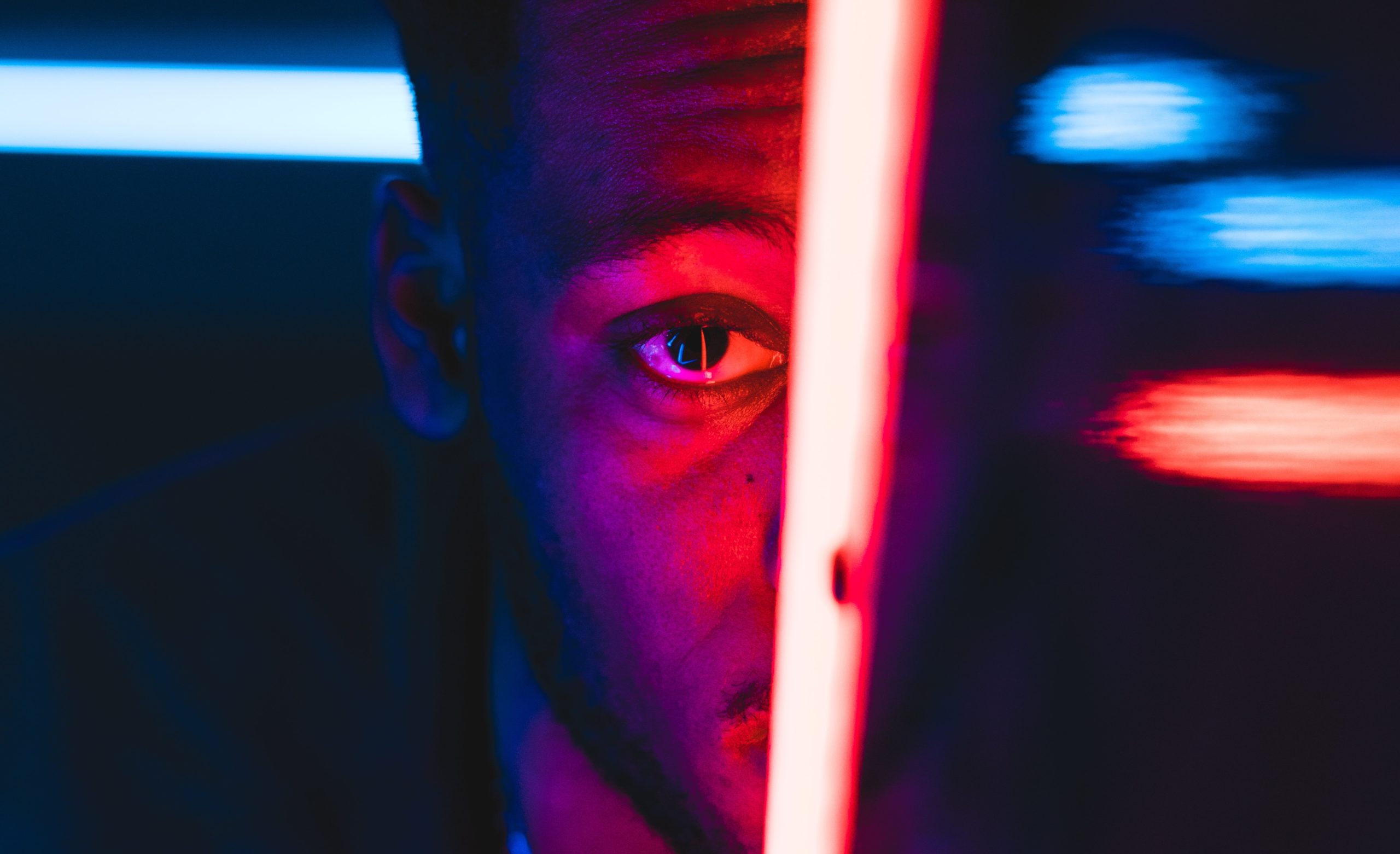Every day, millions of artists enter their studio and instead of picking up a brush, a pencil, or a can of spray paint, they power on their computers, tablets, and cameras. They are digital-native artists who, at the end of their creative process, have created a digital file.
Does that digital file have value?
Sentimental value? Yes. Visual value? Yes. Monetary value? No. Digital files can’t retain monetary value. That is, until the year 2008 when the blockchain was created. The blockchain presented an opportunity whereby digital files (such as a digital artwork) could have a cryptographic signature that made it a unique asset. An asset that couldn’t be copied and pasted, for then the cryptographic signature, and its authentic identity, would be lost.
Every day, millions of digital artists take their creation out of its intended medium and print it on a t-shirt, poster, or coffee mug in order to get any value out of their creation. Millions of digital artists still do that to this day.
But digital art on the blockchain is an opportunity to sell their art in the medium it was created and intended to be viewed. Digitally.
My Connection Here
I’m not sure if you know this about me, but back in 2015 Ryan and I founded the world’s first online marketplace for rare and limited edition digital art, using the blockchain to secure these digital assets.
It was called 23VIVI.
We created up to 23 unique digital editions for every digital artwork that came through our marketplace. We ran it as a Reverse Dutch Auction, where the first edition was $10, the second $11, the third $12, so on and so forth until the last edition was sold for $32.
After the last edition was sold, the resale market opened up and anyone with an edition could put it up for sale at any price they wanted.
We eventually shut down 23VIVI for a variety of reasons. Over the course of 6 months, we sold over $8,000 in digital art, had numerous successful art resales, and had a great time being pioneers in this space.
Flash forward 4 years and there’s actually been quite a bit of progress in the digital art world.
Digital Art Marketplaces
CryptoKitties were the first blockchain company I’d say that filled our shoes and then some. CryptoKitties are collectible and breedable creatures, part playing card and part digital art collectible. They excelled by creating a universe of collectibles, very much like Pokémon. Rare Pepe Frog collectibles were another popular digital collectible that took off, at times seeing returns as high as 600x.
On the actual digital art front, there are now four major marketplaces for digital art protected by blockchain: SuperRare, R.A.R.E., MakersPlace, and Known Origin.
The true classification of cryptographic digital art would be NFTs, or Non-Fungible Tokens.
Non-fungible tokens (NFTs) are unique, digital items with blockchain-managed ownership. Examples include collectibles, game items, digital art, event tickets, domain names, and even ownership records for physical assets.
OpenSea
OpenSea is uniquely positioning itself as the NFT marketplace, bringing all of these disparate blockchain-based marketplaces into one place. CrytpoKitties, SuperRare, all of it can be bought and sold on OpenSea.
Their marketplace activity is quite high, having a resale transaction taking place every 20 seconds or so.
Some of the other NFTs they offer on OpenSea include:
- WiV – a futures market for fine wine.
- Decentraland – buy and sell plots of land in Decentraland.
- Gods Unchained – virtual trading card game.
- Over 250 other NFTs.
There are so many assets that can be turned into NFTs. Remember my article on the NBA player who tokenized his contract?
At the highest end would be Decentraland, with a market cap of around $600k. So there isn’t a ton of value here. But it’s still so early in this entire market.
Companies like Sedition and Daata Editions, who were around when we started 23VIVI, are doing a lot to educate the market on digital art. Daata Editions and Infinite Objects are unique in that they sell digital art and the hardware on which you can display your digital art. Snark Art appears to be pushing the boundaries of how art and blockchain can work in tandem.
Will digital art investments catch on with the mainstream?
Digital Art Investments
I would argue that digital art has already caught on. The habit of buying digital art is here. Look no further than Bitmojis.
Kim Kardashian sold a million dollars a minute worth of digital art. The only difference is that each pack of Kimojis wasn’t unique editions on the blockchain. You couldn’t resell them.
But imagine if they had captured this hype. Imagine if they’d sold only 100,000 packs of her Bitmojis instead of unlimited. How much do you think the first edition would’ve sold for on the resale market? A lot more than $2.99 is my guess.
Ever since the huge boom of Bitcoin in 2017, the digital art market has been one national cultural moment away from becoming a common form of investment.
Bitcoin and blockchain are now household names. When Ryan and I were running 23VIVI, we had to explain to people what these two technologies were to every single person before we could address digital art. That’s no longer the case.
How big can this market possibly be?
As big as Etsy, Saatchi Art, Society6, and every other art marketplace that forces digital artists to print their artwork on physical junk. In all honesty, it can be bigger.
Will digital art reach the ubiquity of buying and holding physical art as an investment vehicle?
Only time will tell.

1 comment
Comments are closed.